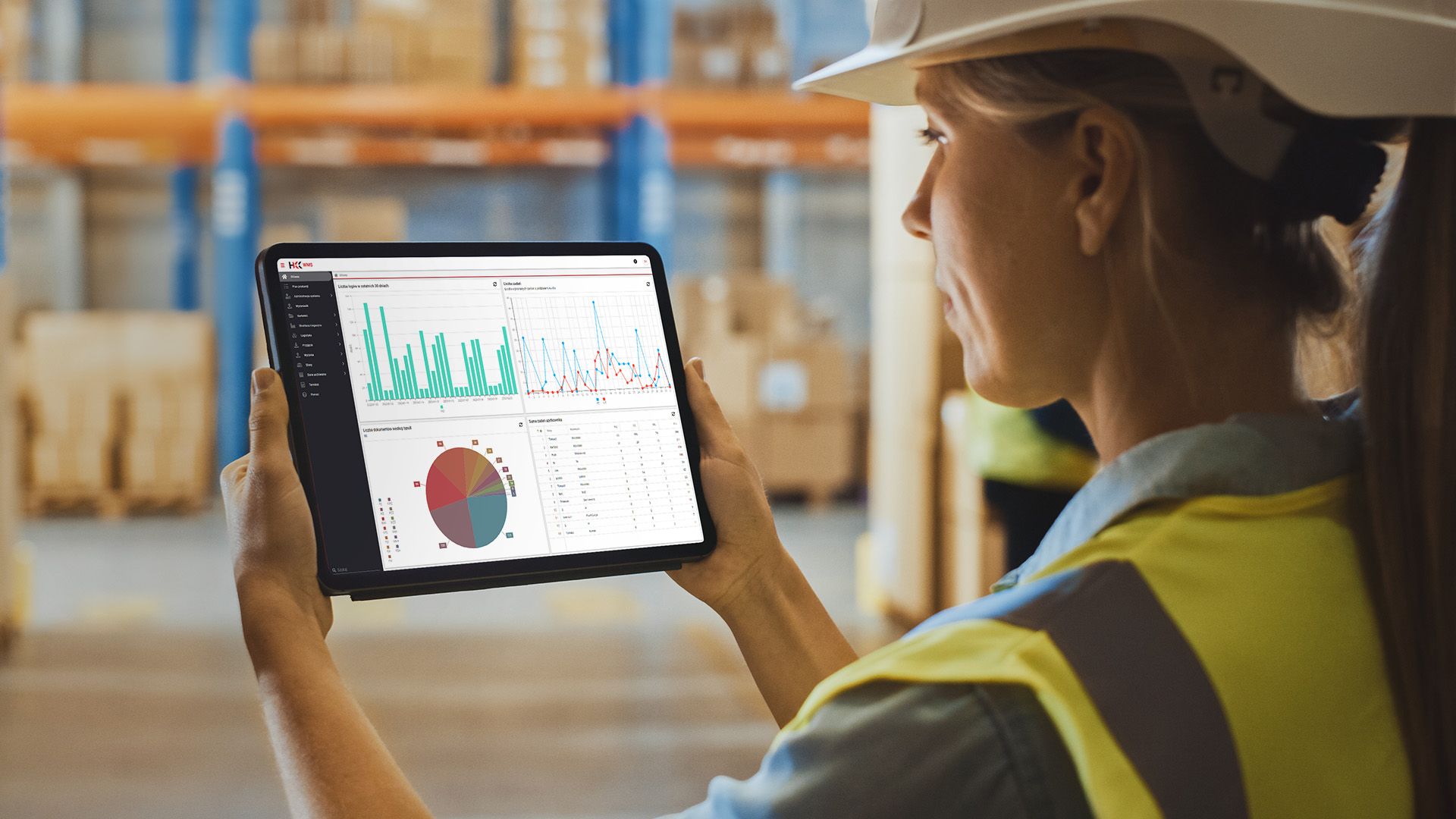Key information:
Their primary goal is to reduce negative impacts on the natural environment, improve working conditions, and strengthen ethical standards. The pandemic has slowed this type of change somewhat, but for now we can be sure that ecology and ethics are trends that will be reinforced in the economic reality of not only the largest, but also the smaller companies.
Green packaging in 21st century logistics.
Warehouse logistics is an area of business operation with the potential to generate large amounts of waste in the form of packaging that ends up in disposal. The disposal typically occurs after the goods are delivered to the end Customer. So how to minimize this impact?
The first thing to consider is the size of the packaging used in the warehouse. There is nothing more irritating to the Customer, and nothing worse for Mother Nature, than a package whose size is significantly different from the dimensions of the products inside. In order to match the packaging to the actual product size, it is important to measure and weigh each unit in the first place. Based on this information and an analysis of all the products that can be shipped in the same parcel, it is possible to choose the most optimal package dimensions.
The Warehouse Management System (WMS) can select a specific package from a group of pre-defined packages. There are also situations in which special equipment is used to build cardboard packages on the packaging line. Product dimensioning can be carried out using Cubiscan logistics dimensioning equipment.
Another way to reduce the carbon footprint is the increasingly widespread application of packaging materials based on recycled components. The easiest way to do this is with pallet shipments. The use of reusable pallets, which are returned to the supplier during the next delivery, is becoming increasingly popular. In the case of close cooperation between the supplier and the recipient, this type of exchange is possible not only for pallet deliveries, but also for smaller deliveries with the use of reusable logistic containers.
Another way to reduce the carbon footprint is the increasingly widespread application of packaging materials based on recycled components. These products are primarily cardboard and paperboard, as well as adhesive labels for printing barcodes, which are ubiquitous in logistics.
How can a WMS support logistics?
Reducing environmental impact, increasing work safety, improving the organization of assigning tasks to operators – these aspects of daily warehouse operations are improved by a warehouse management system (WMS, sometimes also referred to as a barcode system). Therefore, when seriously considering ESG in logistics, one should not forget about the IT tools that have a proven positive impact on reducing the carbon footprint.
In the photo: Grażyna Sroka, Jerzy Lis, responsible for the effective implementation of the ESG strategy in our company.






